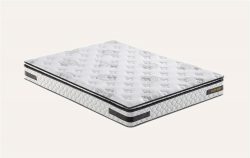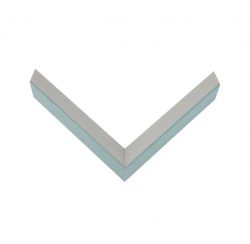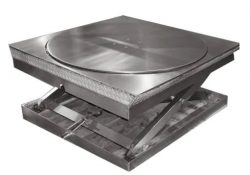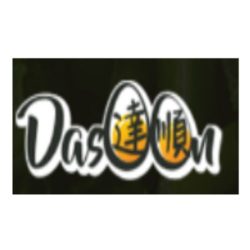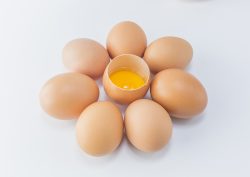The Impact of Body Material and Craftsmanship on Rolling Ball Pen Design and Durability
The rolling ball pen has long been a staple in both professional and personal writing tools, appreciated for its smooth writing experience and efficiency. One critical aspect that often gets overlooked in discussions about rolling ball pens is the pen body’s material and craftsmanship. The design and construction of the pen body are not just about aesthetics but also about functionality and durability. This article explores how different materials and craftsmanship techniques affect the overall performance and longevity of a rolling ball pen, making it a subject worthy of attention in the writing instrument industry.
Different materials are used in the production of rolling ball pens, each offering unique advantages in terms of durability, weight, and feel. The material of the pen body has a direct influence on the comfort, usability, and longevity of the rolling ball pen.
Plastic is one of the more common materials used in rolling ball pen construction due to its affordability and ease of manufacturing. High-quality plastics, such as ABS (Acrylonitrile Butadiene Styrene) or polycarbonate, are often chosen for their lightweight properties, which make the pen comfortable for extended writing sessions. Moreover, plastic allows for flexibility in design, making it possible to create rolling ball pens in a wide array of colors and shapes. Despite being lightweight, plastic rolling ball pens can still be durable, especially when reinforced with high-quality polymers.
However, one downside to plastic rolling ball pens is their susceptibility to wear and tear over time. Scratches, cracks, and fading are common issues, which can affect the long-term appearance of the rolling ball pen. Still, many users appreciate the cost-effectiveness and versatility of plastic pens.
For a more premium feel, many manufacturers use metal in the construction of rolling ball pens. Metals such as stainless steel, aluminum, and brass offer enhanced durability and a sleek, professional appearance. A rolling ball pen made from metal tends to have more weight, providing a balanced feel that appeals to those who prefer a more substantial writing instrument.
In addition to their durability, metal rolling ball pens also resist scratches and dents better than plastic ones. Aluminum, in particular, is popular for its lightweight yet strong properties. Stainless steel, on the other hand, offers nice resistance to corrosion, making it a popular choice for high-end rolling ball pens.
Carbon fiber is another material gaining popularity in rolling ball pen production. Known for its lightweight and high-strength properties, carbon fiber offers a unique blend of durability and modern aesthetic appeal. Rolling ball pens made from carbon fiber are not only resistant to wear and tear but also feature a sleek, futuristic look that appeals to many users.


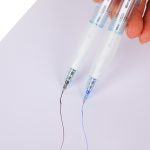

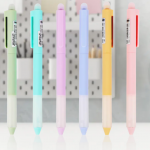
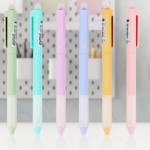
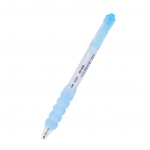
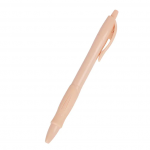
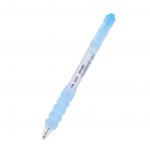
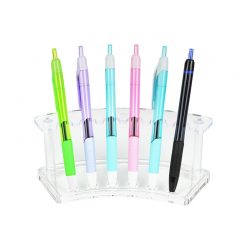





















![Immediate +400 Flarex™|- The Official App WebSite [UPDATED]-New Opportunity For You Unlock your ...](https://manufacturers.network/btabcloud/uploads/2024/11/1732699857pc48l-250x143.png)








